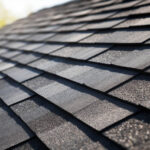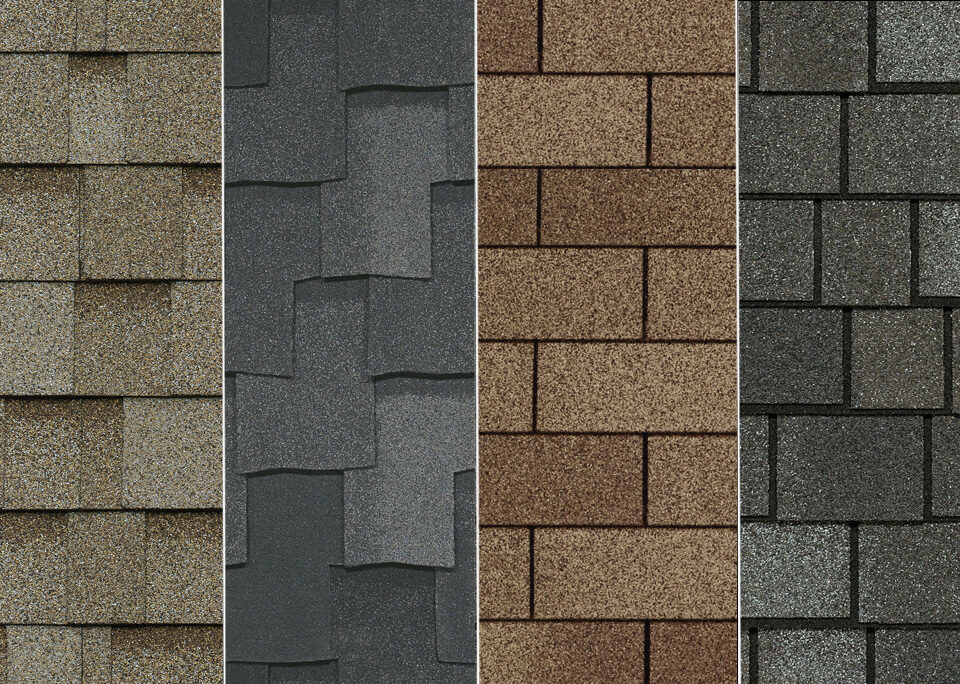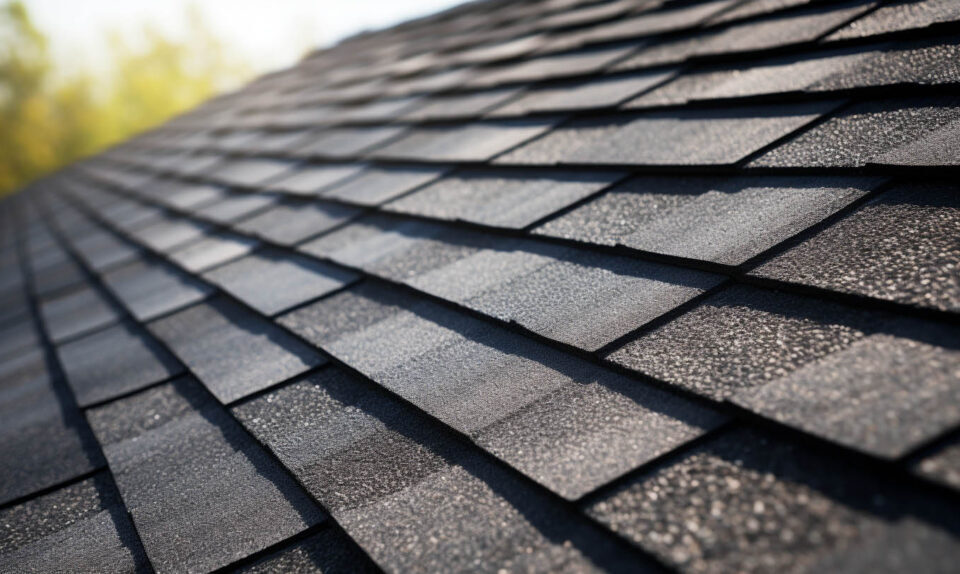
Comparing Wind Resistance Across Architectural and Traditional Asphalt Shingles
October 2, 2025
Protecting Asphalt Shingles from Coastal Weather: Solutions for Salt and Sun
October 2, 2025Asphalt shingles are the most widely used roofing material in North America, covering more than 75% of residential homes. While durable and cost-effective, the disposal of old shingles has raised environmental concerns, with millions of tons of roofing waste ending up in landfills each year. The growing use of recycled asphalt shingles (RAS) is transforming the industry, offering a more sustainable approach to roofing.
This article explores how recycled shingles are made, their environmental benefits, and the challenges that come with integrating them into modern construction.
What Are Recycled Asphalt Shingles?
Recycled asphalt shingles are produced from either:
-
Manufacturing waste (post-industrial): Excess or defective shingles collected during production.
-
Tear-off shingles (post-consumer): Old shingles removed during roof replacements.
These shingles are ground down and repurposed in multiple applications, from new roofing products to road paving materials.
Environmental Benefits of Recycled Asphalt Shingles
1. Reducing Landfill Waste
Each year, 8–12 million tons of asphalt shingle waste are generated in the U.S. By recycling, a significant portion of this waste is diverted from landfills, reducing environmental strain.
2. Conserving Natural Resources
Shingles are made primarily of asphalt, fiberglass, and granules. Recycling allows manufacturers to reuse asphalt and aggregate materials, reducing the need for raw resource extraction such as petroleum refining and quarrying.
3. Lowering Greenhouse Gas Emissions
Producing new asphalt materials requires high energy input. By reusing existing asphalt, recycled shingles help cut down on carbon emissions associated with production and transportation.
4. Supporting Sustainable Road Construction
Ground-up shingles are commonly added to asphalt pavement mix (RAP), improving road durability while lowering the demand for virgin asphalt. This creates a closed-loop system where old roofs contribute to new infrastructure.
Economic Advantages of Recycling Shingles
-
Cost savings: Recycled materials can reduce the cost of producing new shingles.
-
Job creation: Recycling programs generate employment in processing, transportation, and material repurposing.
-
Government incentives: Some states and municipalities offer grants or credits for shingle recycling initiatives.
Challenges of Recycled Asphalt Shingles
Contamination Issues
Tear-off shingles may contain nails, wood, or asbestos (in very old roofs), requiring careful sorting and processing.
Limited Recycling Facilities
While shingle recycling is expanding, not all regions have the infrastructure to handle large-scale recycling. This means many shingles still end up in landfills.
Market Demand Fluctuations
The demand for recycled shingle materials in road construction and manufacturing depends on local regulations and oil prices, which can impact program success.
The Future of Sustainable Roofing
The roofing industry is moving toward a circular economy, where products are designed for recyclability from the start. Future innovations include:
-
Shingles made with higher percentages of recycled content.
-
Improved collection and processing systems for tear-off shingles.
-
Collaboration between roofing manufacturers, contractors, and municipalities to expand recycling access.
By adopting recycled asphalt shingles, both homeowners and contractors can play a part in reducing environmental impact, conserving resources, and promoting sustainability in construction.
Conclusion
The shift toward recycled asphalt shingles is a crucial step in making roofing more sustainable. By lowering landfill waste, reducing resource consumption, and cutting carbon emissions, RAS contributes significantly to environmental protection. Although challenges remain, continued innovation and wider adoption can ensure that asphalt shingles are not just affordable and durable but also eco-friendly and future-ready.




